![[feature] 10 Trees to Plant for Fall Foliage](https://blogger.googleusercontent.com/img/b/R29vZ2xl/AVvXsEiTgItZfFBImIxofqc3CkgE6KqkKtyyjAUziPxHd2xWDbsk5MaYEf9s0Rwbjqxh1o_CYxLB3tbtcuAJ9hjR5ZrquDwSUiQSUHGmn9wDXuOuQ-kJgq6kcdpjl4UxtpdlRDiqPXAxE4fqKWE7tsZqjBv3Gf0FRZZFJ6x3T96-1UXW4MhsIrNypJQBcLRmMg/s16000/fall-foliage.jpg) |
| Ⓒ Provided by Bob Vila |
By Jennifer Noonan, Bob Vila
As you’re planning your landscaping, think ahead to creating seasonal interest in your yard all year long. That means planting trees that will give you great autumn color. Check out what we think should be on your short list of trees to plant for fall foliage.
Read More: 10 Shrubs to Plant for Seasonal Color in Your Garden
Sugar Maple
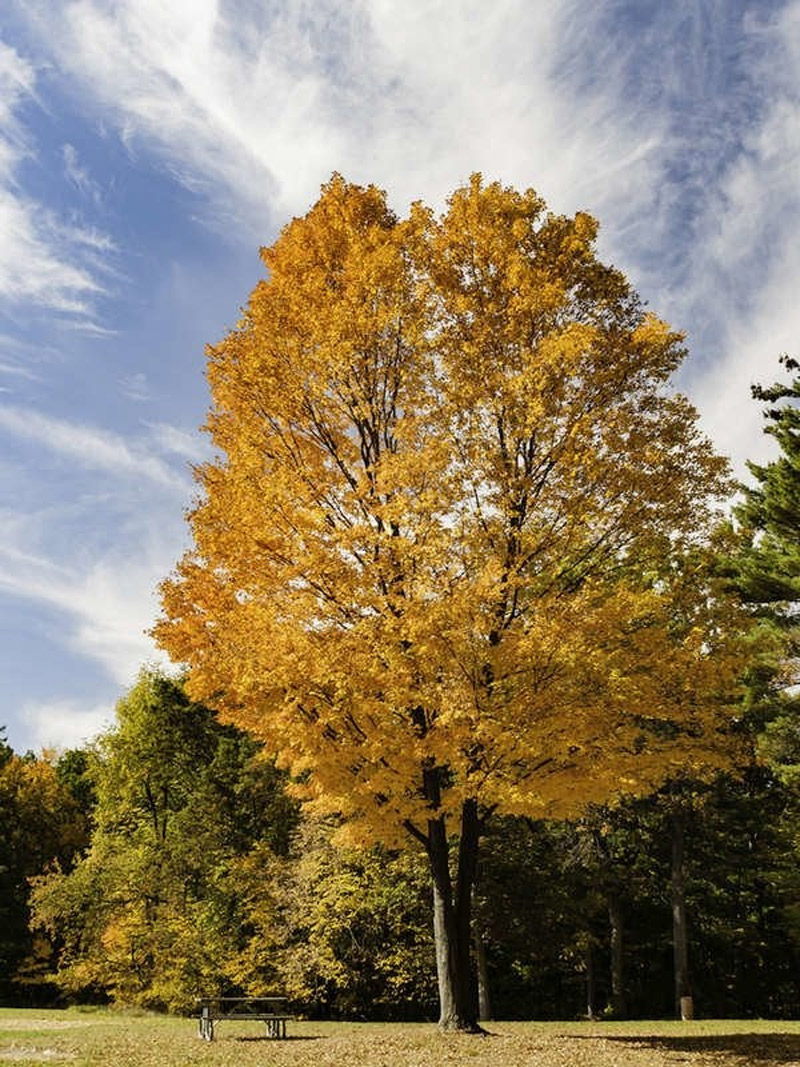 |
| Ⓒ Provided by Bob Vila |
There’s a lot to love about the sugar maple. It’s a tree that provides us with delicious syrup for pancakes and lumber for handsome furniture. But it will give any yard the chance to be the talk of the neighborhood in fall, with its brilliant blaze of bright orange-red foliage. It’s no wonder that four states (New York, West Virginia, Wisconsin, and Vermont) claim it as their state tree.
Ginkgo
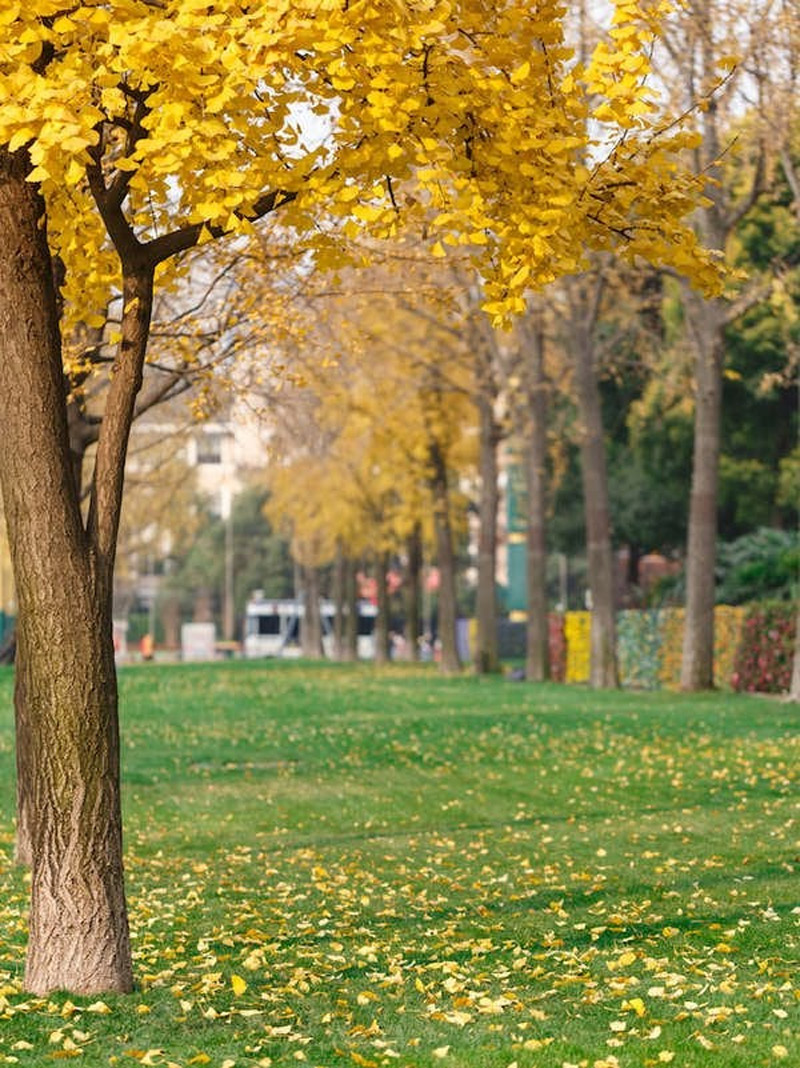 |
| Ⓒ Provided by Bob Vila |
Originally from Southern China, the ginkgo biloba tree thrives in the U.S. in zones 3–8, and yields a shock of bright yellow fan-shaped leaves in fall. Though it’s slow-growing, it can mature to 100 feet tall. It is exceptionally hardy, making it a popular choice in city landscapes.
Read More: Fall Lawn Care & Maintenance Tips
Quaking Aspen
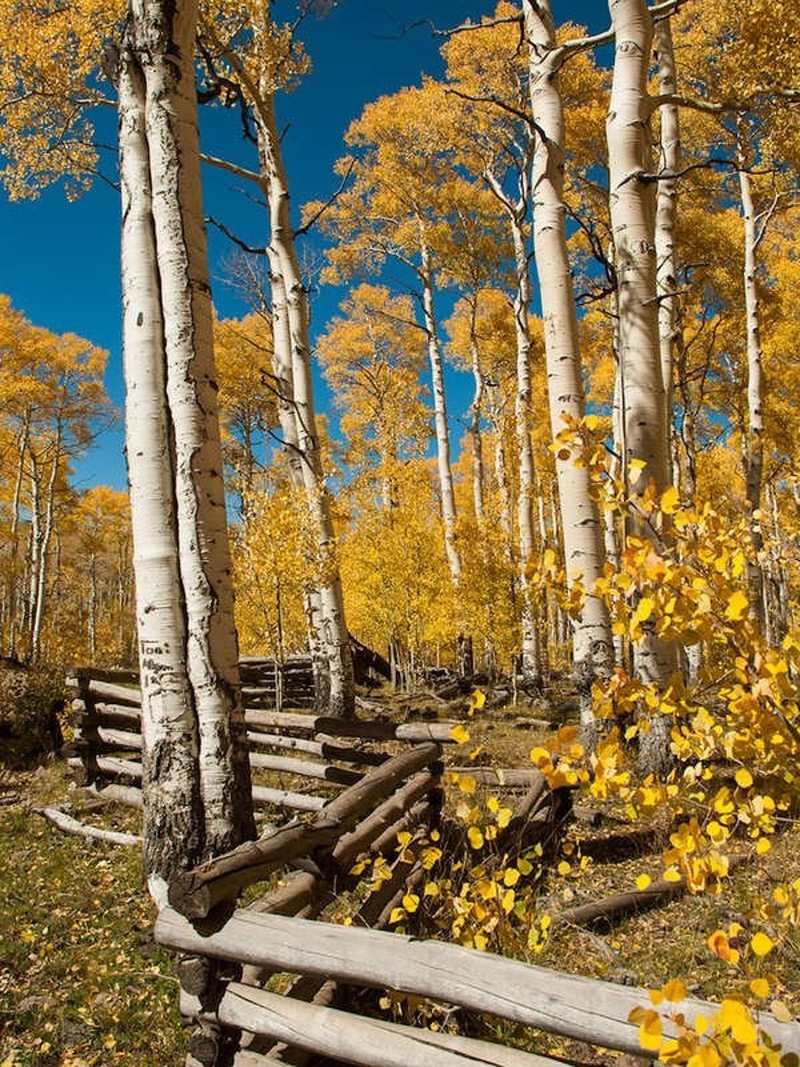 |
| Ⓒ Provided by Bob Vila |
Stunning yellow fall color is one of the most memorable attributes of the quaking aspen. It thrives in zones 1–7, from Canada, all the way down through Northern Texas and most of New Mexico.
Kousa Dogwood
 |
| Ⓒ Provided by Bob Vila |
Kousa dogwood, also known as Chinese dogwood, will bring the traditional blooms in spring that make the species popular. In fall, its foliage can range from red and purple to yellow and orange, bringing a kaleidoscope of color to your yard.
Tuliptree
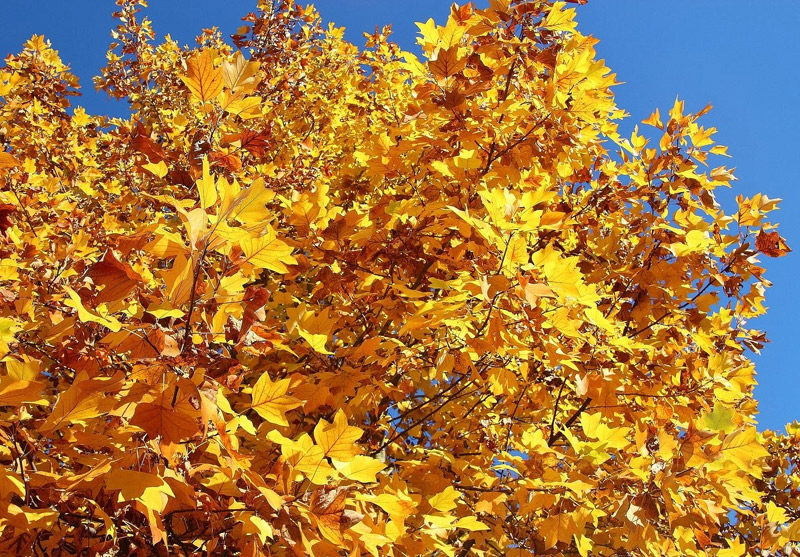 |
| Ⓒ Provided by Bob Vila |
Grown for their shade and their ornamental appearance, the tuliptree is a fast-growing, pest-resistant landscaping tree. It blooms with tulip-shaped flowers in May and June, and come fall, treats homeowners to brilliant yellow leaves.
Sweetgum
 |
| Ⓒ Provided by Bob Vila |
The sweetgum is a showstopper of a shade tree, with its glossy green leaves that turn from yellow to dark red, and even purple in the coldest of winters. The sweetgum is famous for its seed pods, which some enjoy using as a holiday ornament—while others see them as a headache to clean up. The latter will be glad to know that the ‘rotundiloba’ variety doesn’t grow those spiky little balls.
Northern Red Oak
 |
| Ⓒ Provided by Bob Vila |
The northern red oak comes as advertised, showing off dark red foliage in late autumn. Its leaves turn color later in the season than many other trees, and stay on the branch longer, so those hoping to enjoy the fall season for as long as possible, will enjoy this specimen.
Japanese Maple
 |
| Ⓒ Provided by Bob Vila |
The Japanese maple is a landscape stunner any time of year. With delicate leaf shapes, and striking branch structure, it hardly needs anything else to draw the observer’s attention. But come fall, it continues to shine in the garden with radiant color, some varieties bursting forth with multicolored leaves, or exotic hues like dark pink.
Read More: Top 10 Gardening Tips You Should Know
Bald Cypress
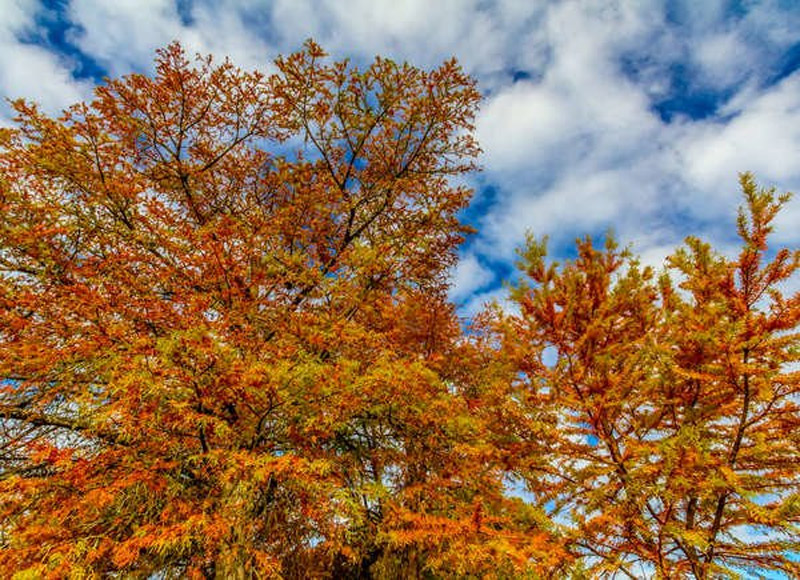 |
| Ⓒ Provided by Bob Vila |
Unlike other conifers, the bald cypress looses its needles in winter. Prior to doing so, its lacelike needles turn a deep russet color. Once they drop, the tree's attractive bark stands out against the winter landscape. This tree is hardy, and will adapt to a wide range of soils, growing best in zones 4–11.
See more at Bob Vila























